Mangosteen in Southern California
parker25mv
7 years ago
Featured Answer
Sort by:Oldest
Comments (45)
stanofh 10a Hayward,Ca S.F. bay area
7 years agoparker25mv
7 years agolast modified: 7 years agoRelated Discussions
Limelight Hydrangeas: Can they be grown in Southern California?
Comments (16)gardengal48... So Friday Was my very first visit to the Plant Depot... Let me just say... I am IN LOVE!!! They had ordered both the "super" 1 gallons and 5 gallons waiting for me. To my surprise the "super" 1 gallon size looked much bigger than I had imagined they would. I walked out of there with 4 "super" 1 gallon Limelights and 2 bags of Acid Soil Ammendment. I really had to use a serious amount of self control and restraint to keep myself from buying more. I think I may have a plant addiction... HELP!!!... ;-) I can't wait to get these hydrangeas in the ground and growing for me. Based on the information on the tag, it says that they're the hardiest of all the Hydrangeas... needing less water and being able to take more sun, than many of the other Hydrangea varieties out there, once they're established. So I'm hopeful that I will have much more success with these Hydrangeas than the other ones I've planted in the past. I CAN'T wait to go back to The Plant Depot and do some more garden dreaming... such a cool place. Thanks again for leading me towards The Plant Depot. I would not have known to check them out if it had not been for you... :-) I'll have to snap some photos sometime and share. Thanks again for all your help!...See MoreIs $165 per outlet a fair price in Southern California?
Comments (1)Yes....See MoreBest fruit trees for Southern California
Comments (11)Figs are my favorite for zone 9. Where I live (near the beach in Los Angeles), it pretty much never gets below 40°, and so I can easily grow mango, but I would not try it in zone 9. I also have white sapote and cherimoya, which I think might be possible for zone 9, and dragon fruit, which of course is not a tree. The white sapote makes lots of fruit, but it has to ripen on the tree and be used right away. The cherimoya has to be hand pollinated, and that is a pain but worth the effort. The fruit is somewhat similar to soursop but sweeter. The figs I grew at my previous house were supposedly a Texas Red, which I got from a greenhouse in Texas, and they were incredibly sweet. I do not have room for them at my current house. I have an avocado tree that gets pollinated from another tree in my neighborhood, and so it is not always necessary to have two trees, if your neighbors have trees....See MoreOn A Miserably Hot, Muggy Southern California Morning
Comments (10)How hot is it there, Jeri? The weather people here have been over-hyping this heat wave on the TV, etc. for about 5 days. Today they are talking backwards, rapidly ("San Jose should reach 80 today"...etc). The only places where they still say it will get to over 100 are way inland, which is not unusual in early Sept. It barely got up to 80 at my house yesterday. It is a bit warmer today, and I am willing to believe it will get to 90 in the next 2-3 days, but they were saying EVERYWHERE in the SF Bay area would be over 100, which luckily is not happening. Jackie...See Morestanofh 10a Hayward,Ca S.F. bay area
7 years agoparker25mv
7 years agolast modified: 7 years agostanofh 10a Hayward,Ca S.F. bay area
7 years agolast modified: 7 years agoparker25mv
7 years agolast modified: 7 years agoparker25mv
7 years agolast modified: 7 years agoparker25mv
7 years agostanofh 10a Hayward,Ca S.F. bay area
7 years agoparker25mv
7 years agolast modified: 7 years agoparker25mv
7 years agolast modified: 7 years agoFrancesco Delvillani
7 years agostanofh 10a Hayward,Ca S.F. bay area
7 years agoparker25mv
7 years agolast modified: 7 years agoparker25mv
7 years agolast modified: 7 years agoparker25mv
7 years agolast modified: 7 years agostanofh 10a Hayward,Ca S.F. bay area
7 years agosocalnolympia
5 years agostanofh 10a Hayward,Ca S.F. bay area
5 years agoSteph
5 years agosocalnolympia
5 years agolast modified: 5 years agostanofh 10a Hayward,Ca S.F. bay area
5 years agosocalnolympia
5 years agolast modified: 5 years agostanofh 10a Hayward,Ca S.F. bay area
5 years agolast modified: 5 years agosocalnolympia
5 years agolast modified: 5 years agostanofh 10a Hayward,Ca S.F. bay area
5 years agoSteph
5 years agotropicbreezent
5 years agosocalnolympia
5 years agotropicbreezent
5 years agosocalnolympia
5 years agolast modified: 5 years agostanofh 10a Hayward,Ca S.F. bay area
5 years agotropicbreezent
5 years agosocalnolympia
5 years agotropicbreezent
5 years agosocalnolympia
5 years agolast modified: 5 years agostanofh 10a Hayward,Ca S.F. bay area
5 years agolast modified: 5 years agoJon Chen
4 years agosocalnolympia
4 years agolast modified: 4 years agoRhapsody Hooks
3 years agoJack P.
11 months agoAxel Angeles Lopez
11 months agoAxel Angeles Lopez
11 months agostanofh 10a Hayward,Ca S.F. bay area
10 months ago
Related Stories
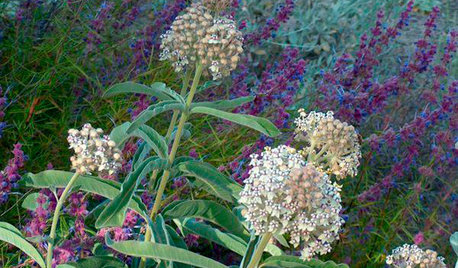
GARDENING GUIDES10 Top Native Plants for Southern California Gardens
Enjoy a fuss-free, water-wise garden by growing plants naturally in tune with the climate and wildlife of Southern California
Full Story
INSPIRING GARDENSNative Plants Bring 10 Southern California Front-Yard Gardens to Life
Rare plants, rain gardens and wildlife habitats are just a few of the features showcased on the 2016 Theodore Payne Native Plant Garden Tour
Full Story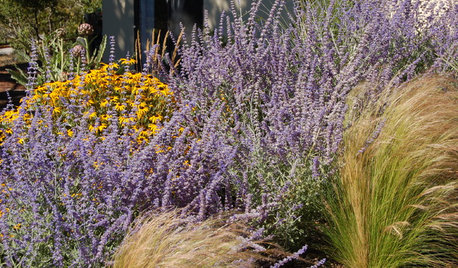
CALIFORNIA GARDENINGSouthern California Gardener's November Checklist
Sow wildflower seeds while ye may, give berries some love and pay attention to produce for garden veggies all winter long
Full Story0
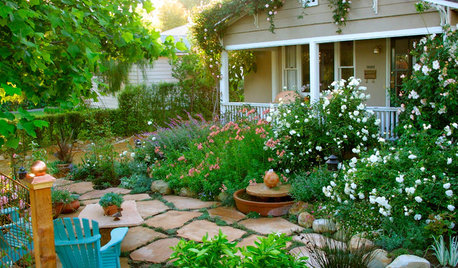
GARDENING GUIDESSouthern California Gardener's October Checklist
Get planting happy this month — so many natives, bulbs, cool-season flowers and vegetable crops to choose from, so little time ...
Full Story
GARDENING GUIDESSouthern California Gardener's September Checklist
Before prime planting time, clean out the old garden, prepare for the new, and dream up ideas for fall flowers and veggies
Full Story0
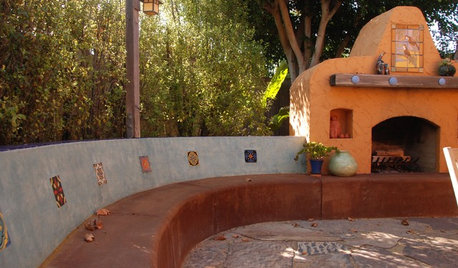
MY HOUZZMy Houzz: Color and Ceramics Brighten a Southern California Home
A family home becomes a sanctuary that honors the heritage of historic California
Full Story
KITCHEN DESIGNKitchen of the Week: Contemporary Meets Rustic in Southern California
New cabinetry and finishes bring this kitchen up-to-date, but vintage elements give it a hint of the past
Full Story
MY HOUZZMy Houzz: Goal of a Net-Zero Nest in Southern California
A Long Beach family focuses on energy efficiency in remodeling their 1957 ranch house
Full Story
TRADITIONAL ARCHITECTUREHouzz Tour: Southern Charm in the California Wine Country
An old farm cottage gets some Big Easy style with an expansion that preserves memories and adds whimsy
Full Story
HOUZZ TOURSMy Houzz: Spanish Meets Tuscan in Southern California
Carved wood and detailed tiles give a home near Palm Springs warmth and old-world flair
Full StorySponsored



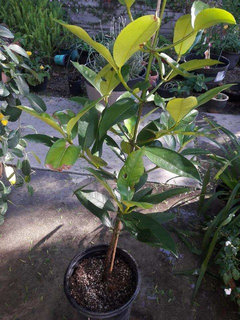

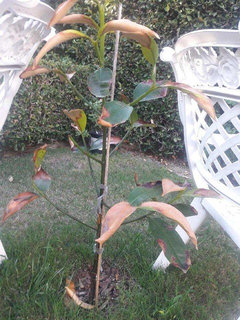





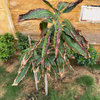
molop